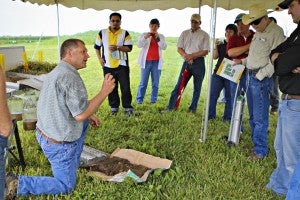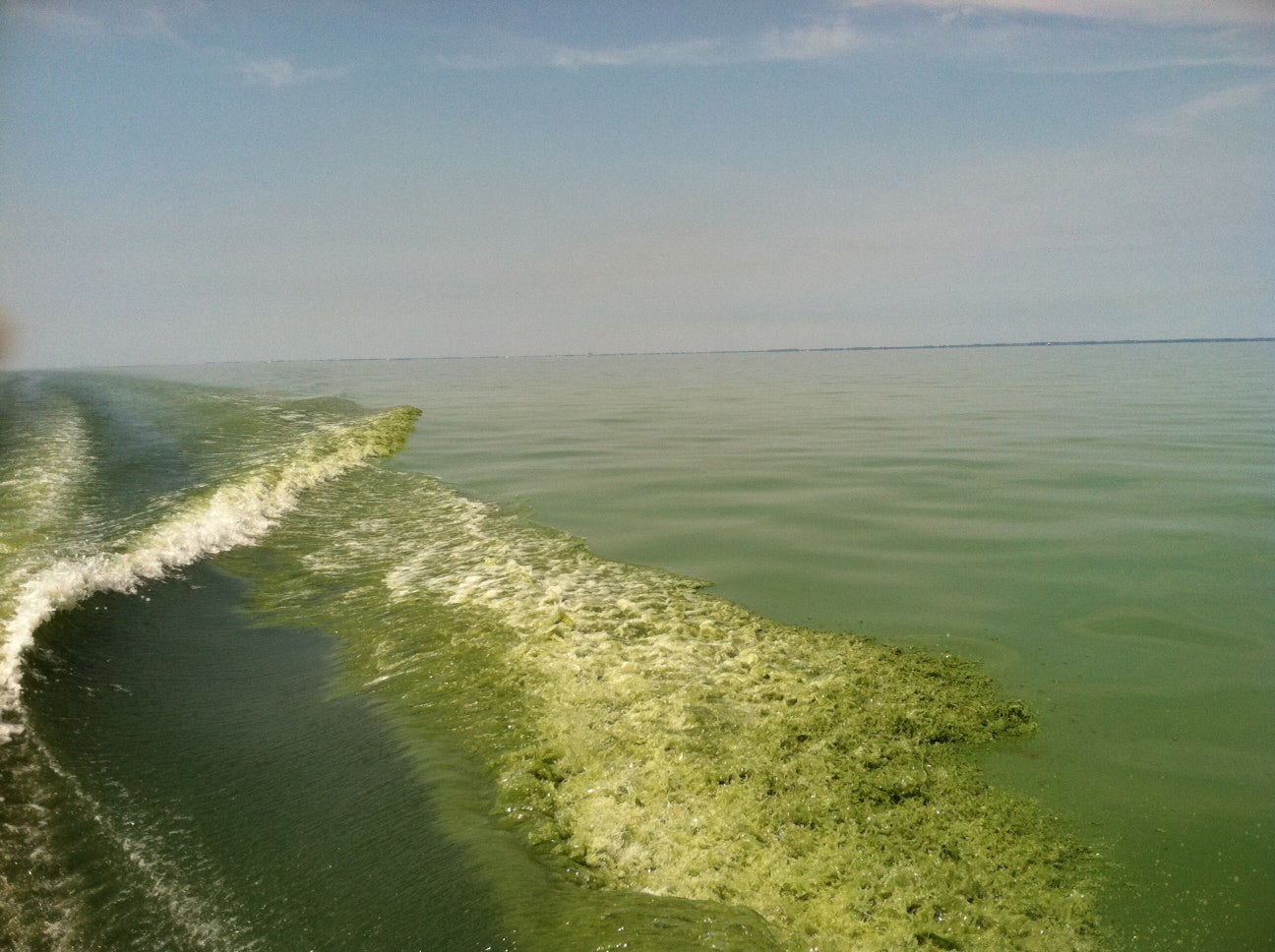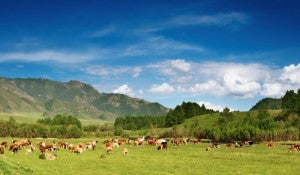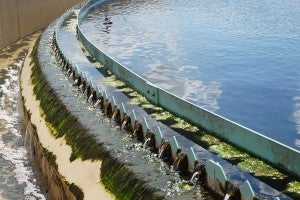
Cover crop demonstration at the 2013 Soil Health Expo, hosted by NRCS and the Univ. of MO. Credit: Curators of the University of Missouri
Public sector funding for agricultural research is flat lining. While public dollars used to be the primary source of support for ag research, that is no longer the case. Today, the private sector spends as much on agricultural research as the government does, according to USDA. Long-term growth in funding for ag research is also higher in the private sector.
As a recent DTN story noted, “Some skeptics say the need for public research is overblown, that private companies — seed, chemical and machinery — already provide a large pile of dollars.”
Are the skeptics right?
Public and private ag research funding don’t always have the same goals, and they play very different, but equally important roles. Here’s an overview of what each sector contributes, how they relate, and why we need to continue advocating for and supporting investments from both sectors – as well as public-private partnerships. Read More








